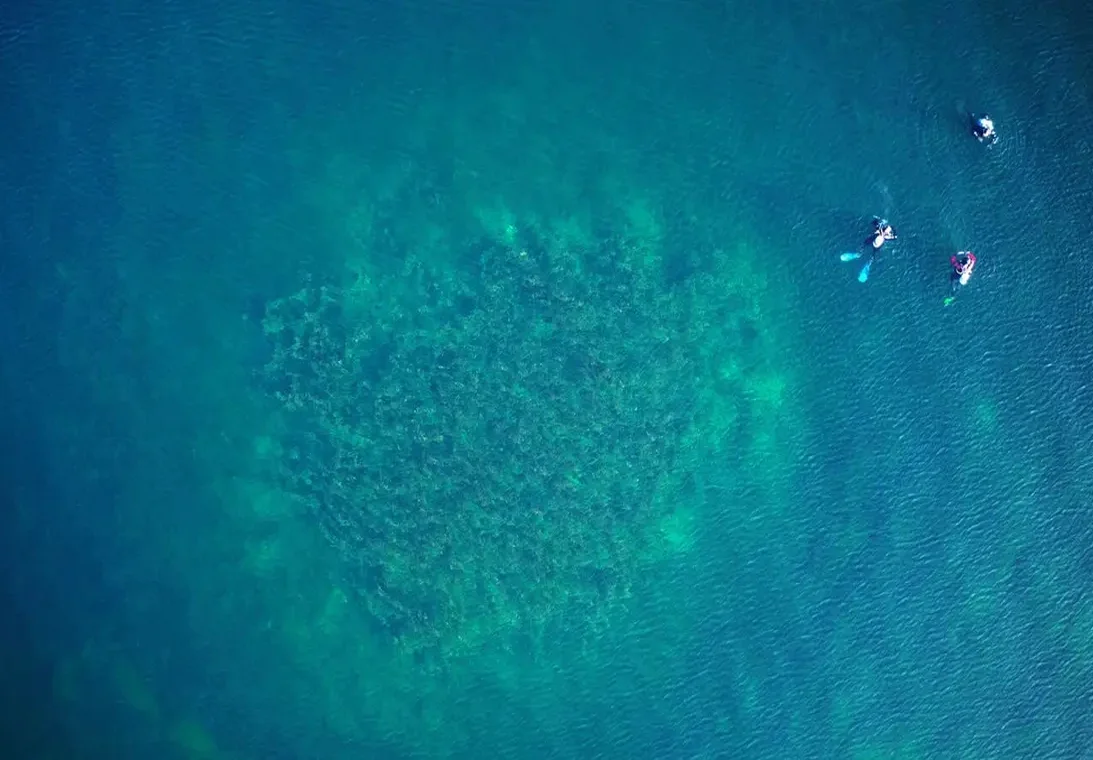In 2015, archaeologists discovered 170 submerged stone cairns beneath the waters of Lake Constance, a central European lake that borders Germany, Austria and Switzerland.
The discovery was made by the Institute for Lake Research in Langenargen during a depth-mapping survey along the southwest shore of Lake Constance, between Bottighofen and Romanshorn.
The cairns form a line 200 metres parallel along a 15-kilometre stretch from the lake shore, with each cairn up to thirty metres in diameter and almost two metres high.
Simone Benguerel of the Thurgau Cantonal Office of Archaeology led the initial research, which intensified after a 2019 excavation near Uttwil revealed wooden stakes beneath the stones. Subsequent excavations near Güttingen and Kesswil confirmed similar findings, reinforcing that the structures were human-made.
Though isolated mounds had been noted as early as 1902, it wasn’t until high-resolution mapping in 2015 that the full extent of the formations became apparent.
The phenomenon extends beyond Switzerland. Twenty-five additional mounds have been discovered off the Bavarian lakeshore, also dating to between 3100 and 3500 BC, placing them firmly in the Neolithic period. Radiocarbon dating of the wood found beneath the mounds supports this timeframe.
A comprehensive 2024 study by Swiss and German institutions, including the University of Bern and the Technical University of Darmstadt, yielded little new insight into the purpose of the mounds. Despite detailed drilling and analysis, archaeologists remain uncertain. “We have come to the conclusion that we know nothing,” admitted Martin Wessels of the Lake Research Institute.
Over the years, theories have ranged from burial sites and ritual platforms to defensive structures and even astronomical observatories. One persistent hypothesis suggests the mounds served as fish nurseries, a theory supported by similar formations in Austria and other Swiss lakes like Lake Zug. However, with an estimated 60 million stones—around 80,000 tons—used to construct them, even that idea is now viewed with skepticism.
“The effort required far outweighs the nutritional return,” explained Benguerel, casting doubts on the practicality of fish farming as the sole purpose. With no threat of erosion, further investigations remain low on the priority list. Still, new research may resume later this year, though expectations are tempered.
As Wessels put it, “There must have been a great idea behind it. You don’t build something like this on a whim.” Yet, for now, the mystery of Lake Constance’s underwater mounds remains unsolved.
Header Image Credit : Octopus Foundation
Sources : Aargauer Zeitung





